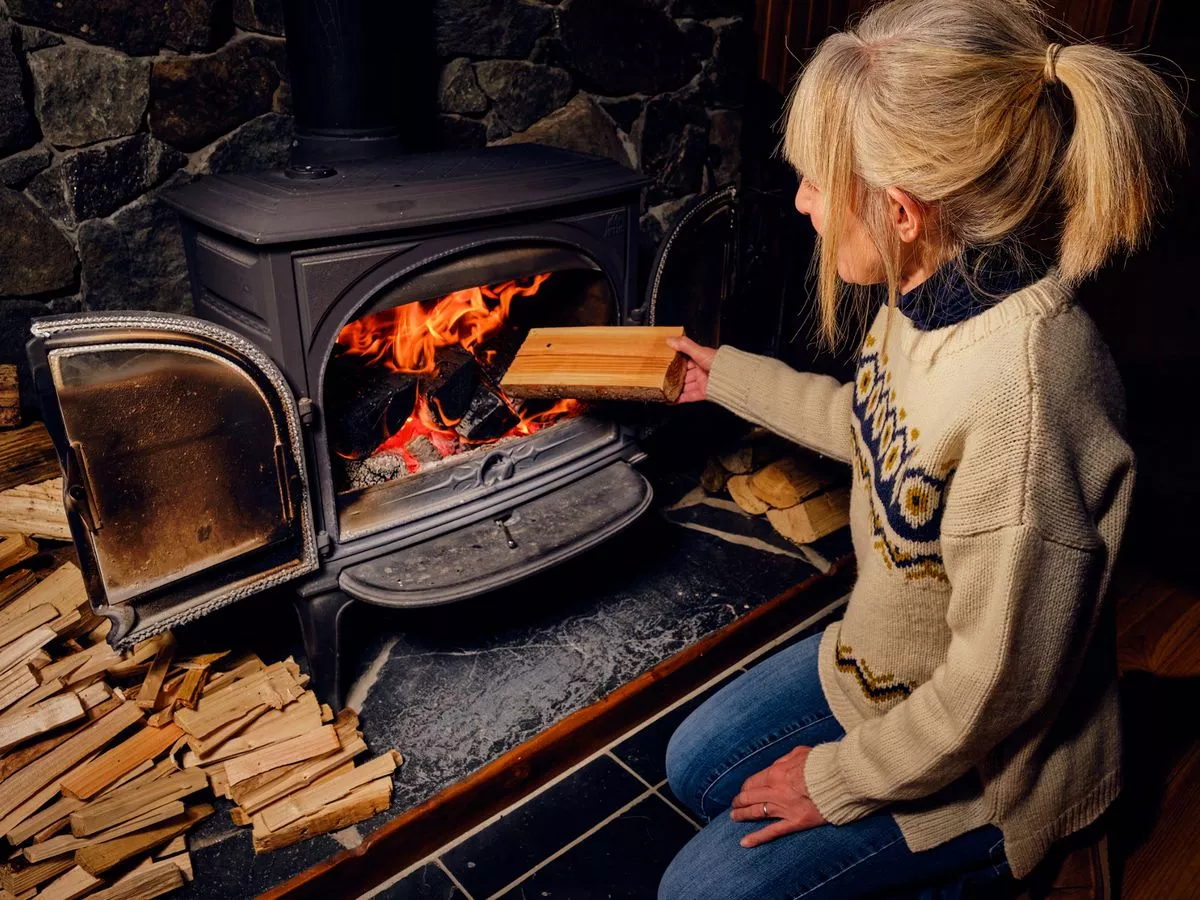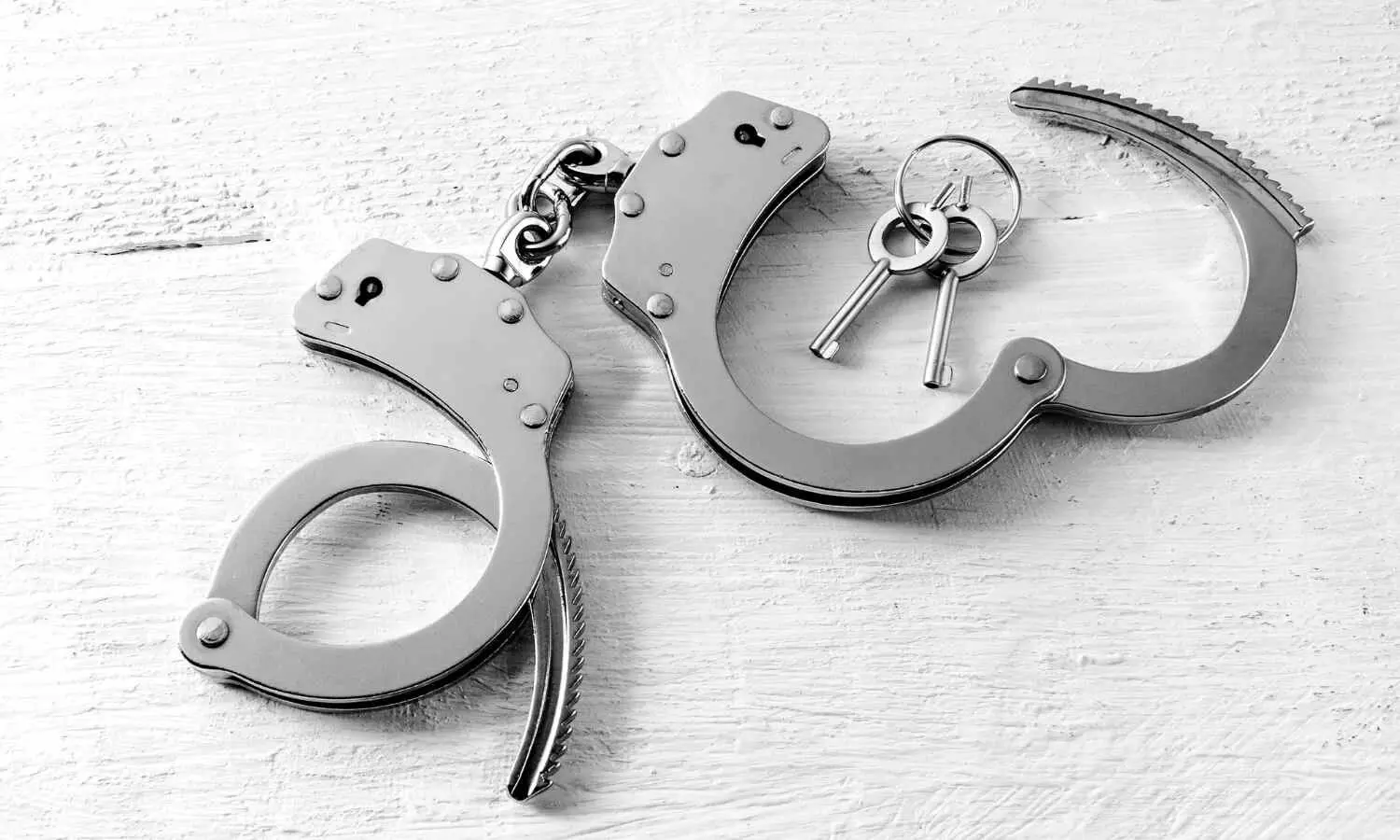Copyright birminghammail

UK households are being urged to check the type of wood they are burning this winter or face fines of up to £1,000. As we head deeper into autumn and towards winter, wood-burning stoves and open fires will be lit to keep many homes warm. The popularity of wood-burning stoves has continued to rise in the UK with 1.9 million homes now having one, despite a Government ban on the sale of house coal and wet wood in 2021. Using wet or unsuitable wood can damage stoves, release harmful pollutants that affect health, harm the environment, and result in fines. The ban was imposed in an effort to reduce emissions and promote greener alternatives, with Defra also introducing the 'Ready to Burn' certification scheme. The scheme enables consumers to easily identify woods that meet UK standards and are safe to burn, as they must have a moisture content of less than 20 per cent. READ MORE: Ecologists from Arbtech.co.uk say that burning wet, treated, or unapproved wood can not only damage stoves and release harmful pollutants but also breach Defra regulations designed to reduce emissions. Many UK towns and cities are in smoke-controlled areas, meaning households can only use fuels from the Defra authorised fuels list or a Defra-exempt stove that can burn wood cleanly. Local authorities can issue fines starting at £175 for those who breach regulations, with penalties reaching up to £300. Using unauthorised fuel in a non-Defra-exempt appliance could result in fines of up to £1,000. For repeat offenders, cases taken to court could result in penalties of up to £5,000. A spokesperson for Arbtech said: "As temperatures drop, we want to remind households with a log burner that not all wood is safe to burn. Using wet, treated, or inappropriate wood not only risks fines but can also damage your home. "Regulations are in place for a reason. By choosing the right fuel, you can enjoy the warmth of a fire safely while protecting your health and the environment." The best types include birch, ash, applewood, oak and beech. Low moisture content makes these woods burn hotter, more efficiently, and for longer, while producing less smoke and creosote. A Ready to Burn certification ensures that firewood and manufactured solid fuels have a moisture content of 20 per cent or less, making them ready for immediate use. Softwood makes excellent kindling and is an ideal choice for starting a fire quickly and easily. Some of the best types include poplar, cedar and pine. As long as they are properly seasoned (dried and with a moisture content below 20 per cent) and free of any chemicals or mould, untreated, dry branches are safe to use on a log burner. Energy is used to boil off the high water content of these woods rather than producing heat. This creates excessive smoke, releases harmful pollutants, and can be damaging to your stove and chimney. Toxic and corrosive chemicals are released, which can be extremely hazardous to health when breathed in. As well as causing damage to your stove and chimney, you could also face fines for polluting. These are engineered woods that contain adhesives, resins, and chemicals, making them extremely hazardous to burn. The presence of salt and minerals releases toxic chlorine gas when driftwood is burned, which can damage metal stoves and chimneys, as well as pose health and environmental concerns. Get breaking news on BirminghamLive WhatsApp . Join our dedicated community for the latest updates sent straight to your phone as they happen. You can find out more about cost-of-living issues in our Money Saving Newsletter, which is sent out daily via email with all the updates you need to know on pensions , PIP , Universal Credit , benefits, finances, bills, and shopping discounts. Get the top stories in your inbox to browse through at a time that suits you.



